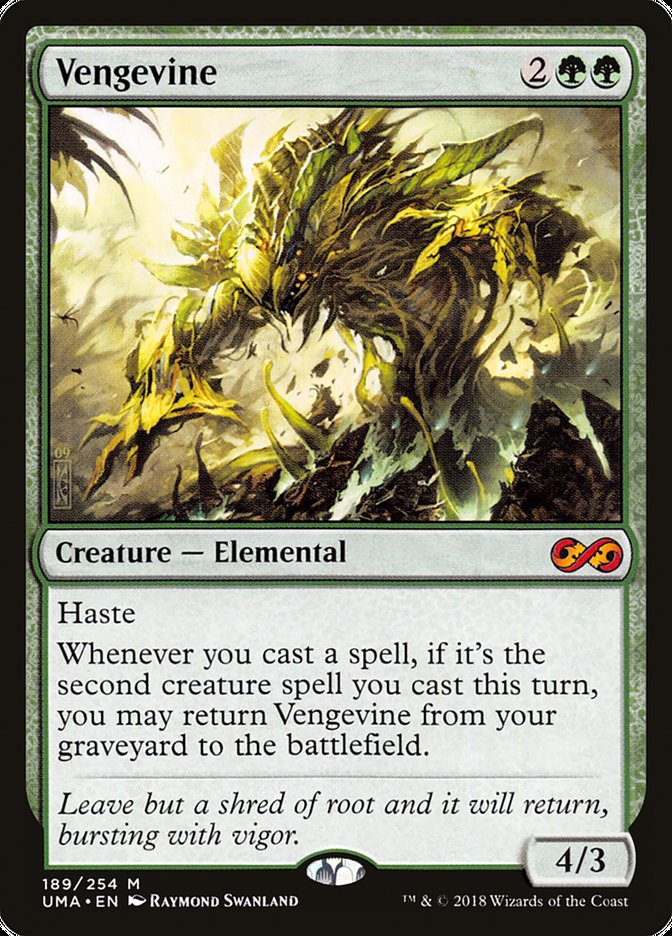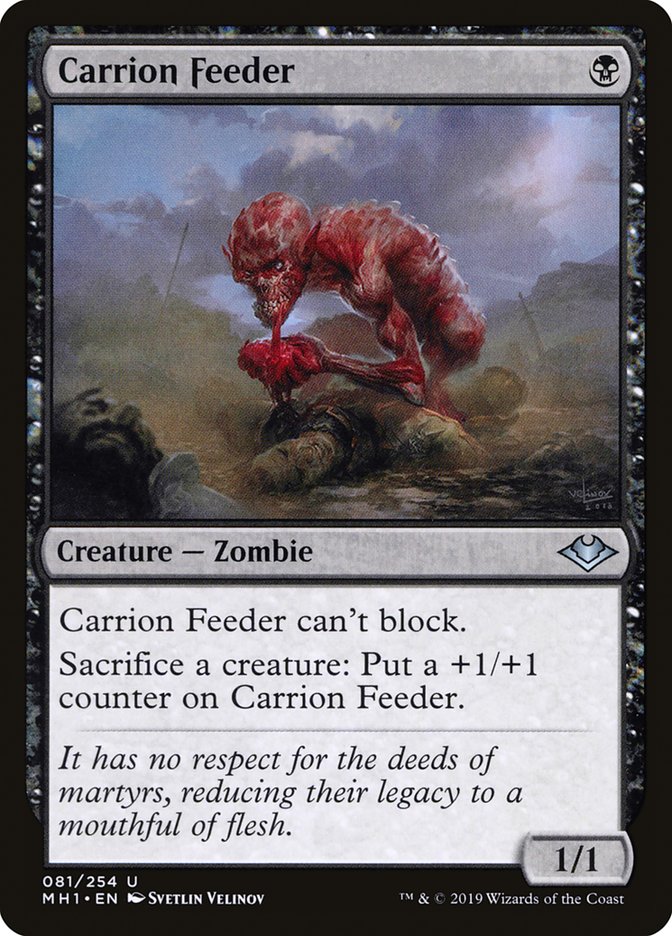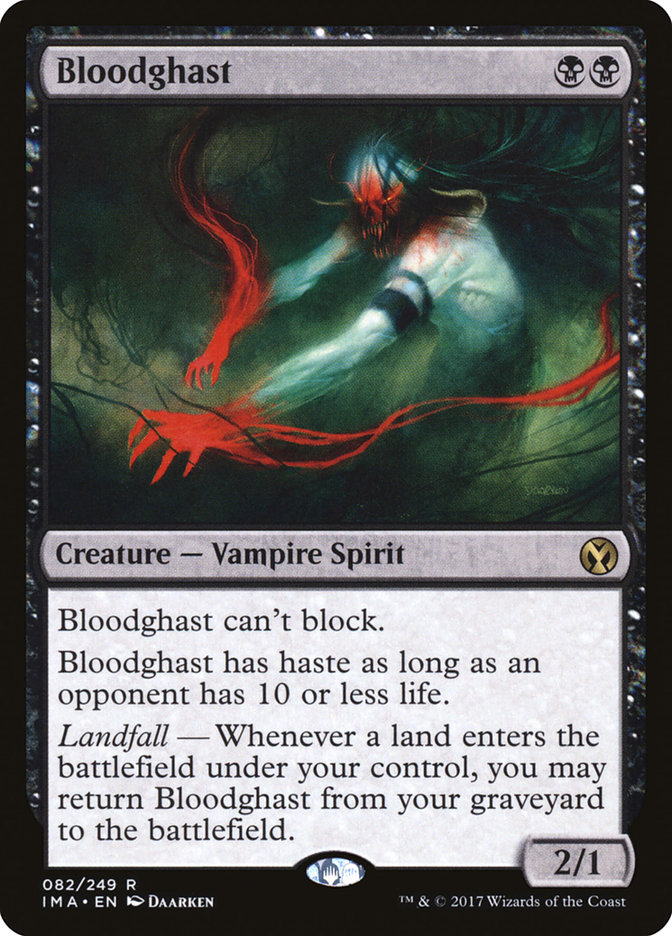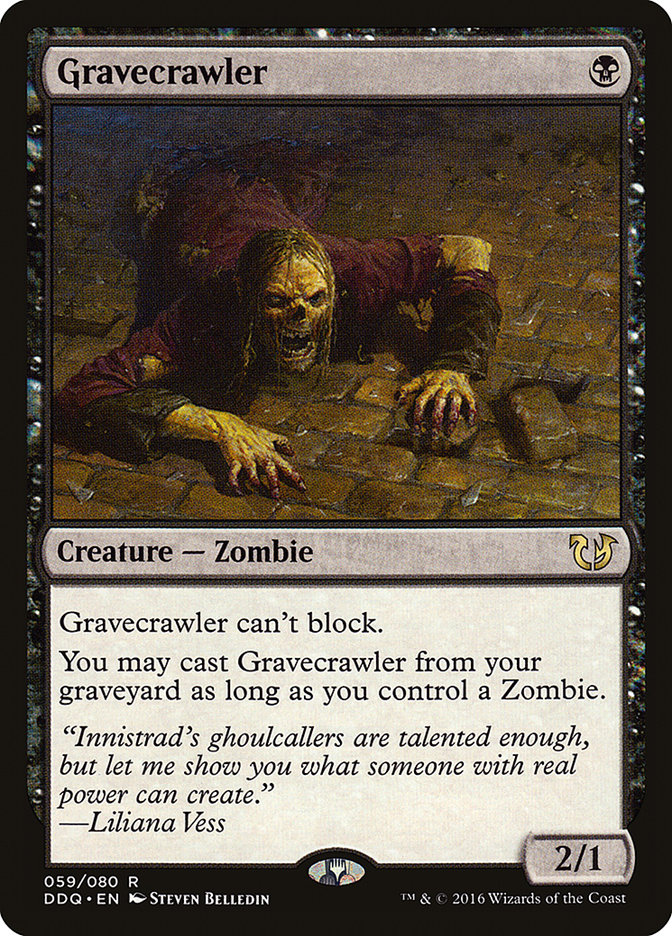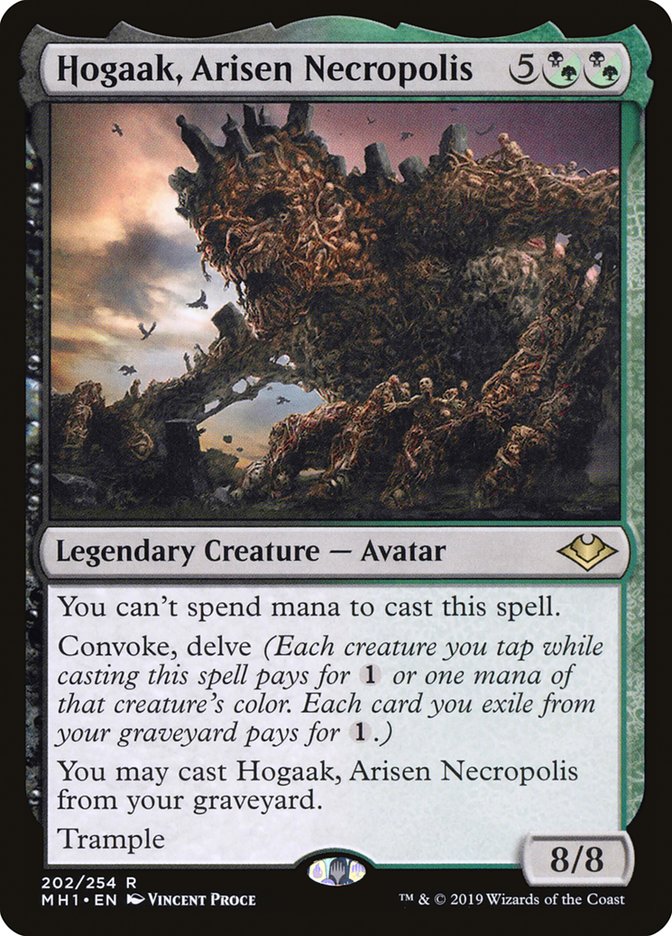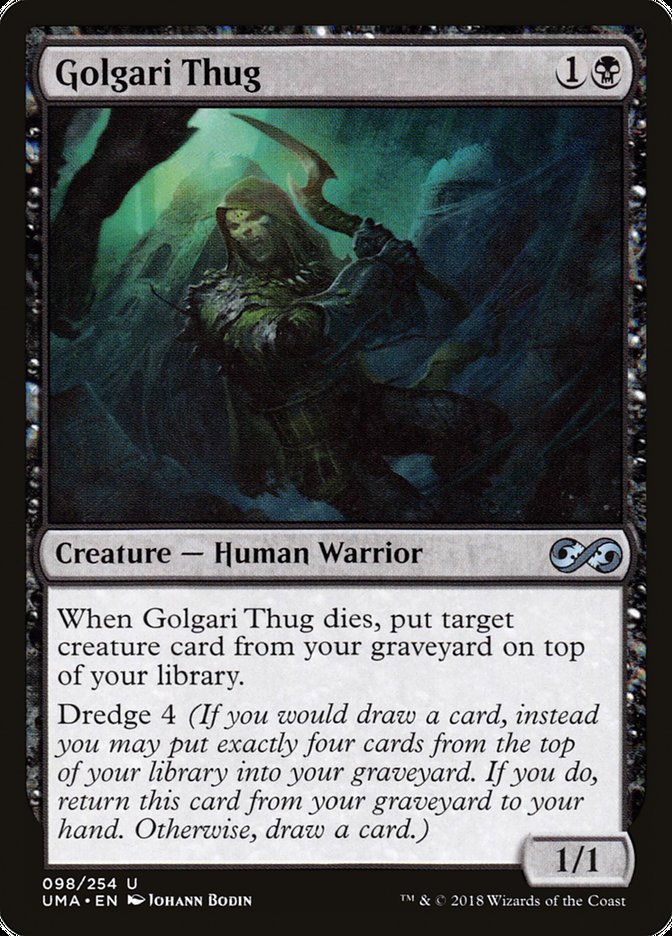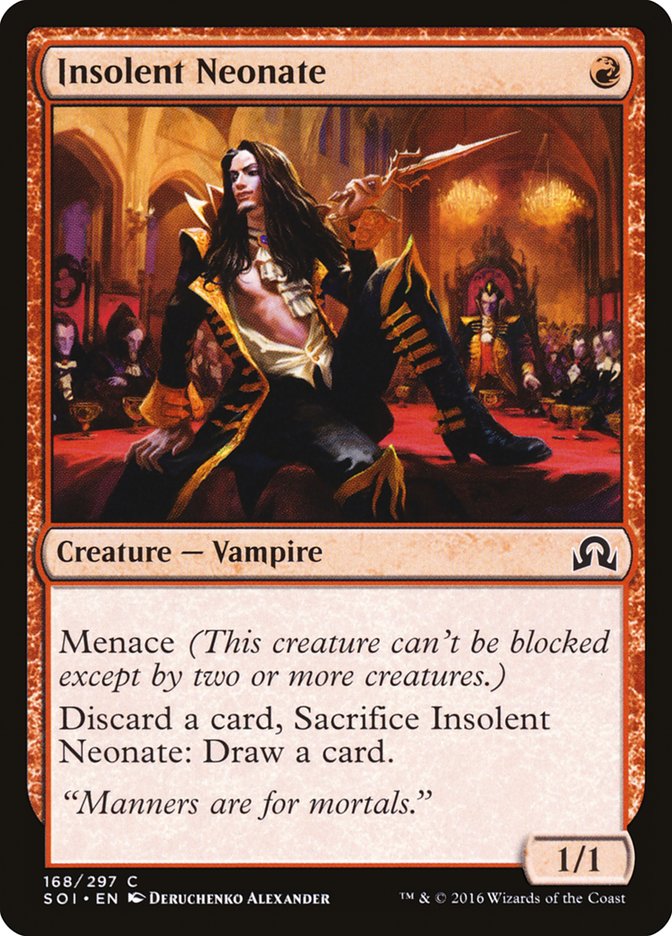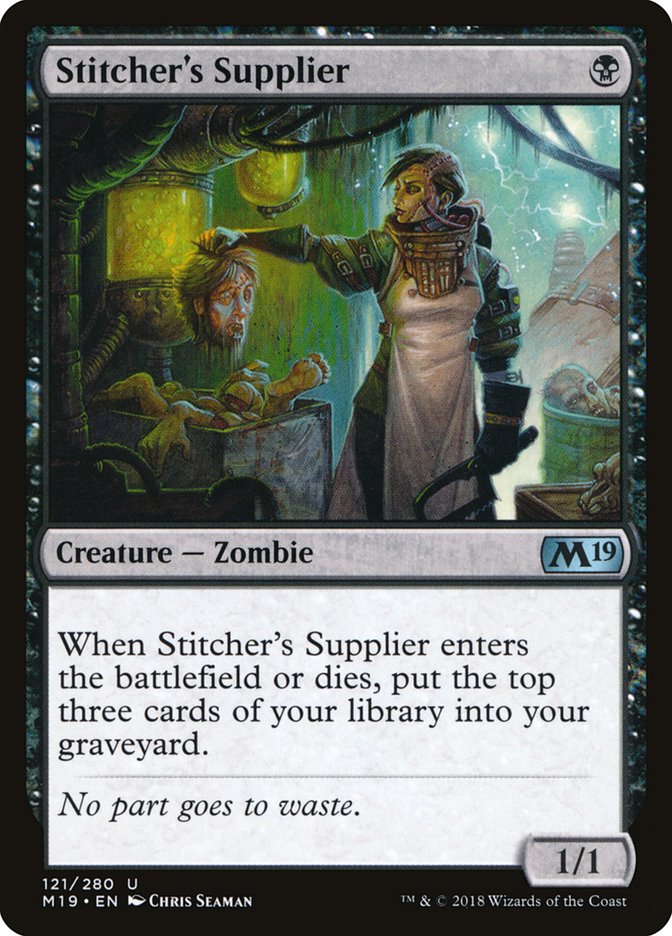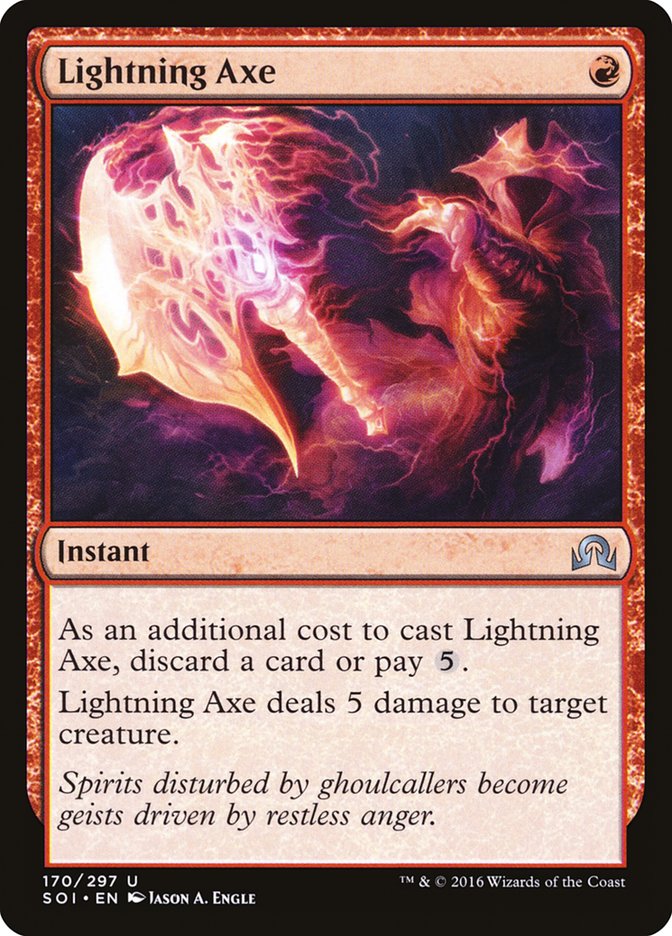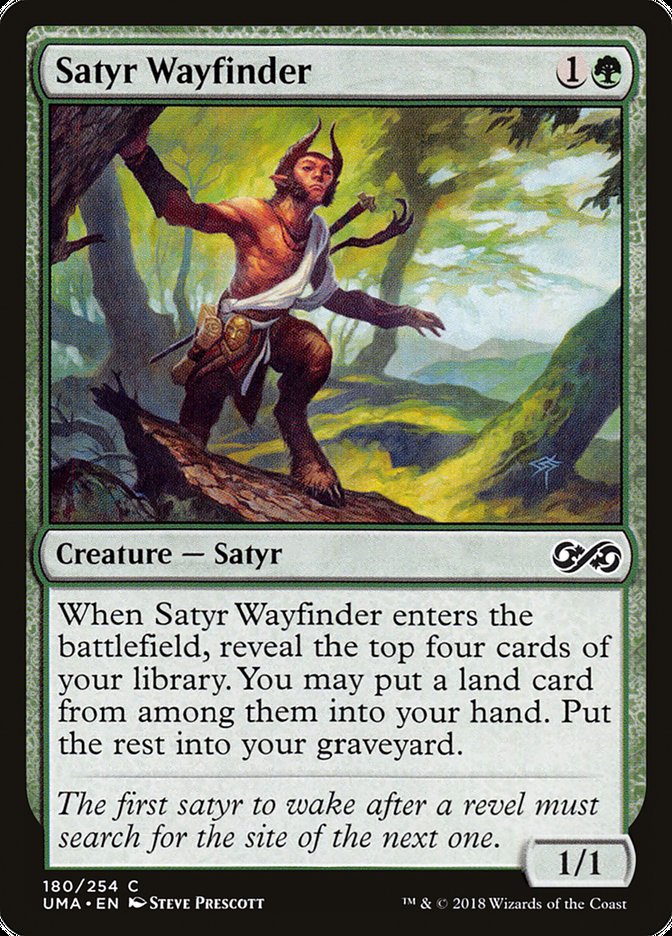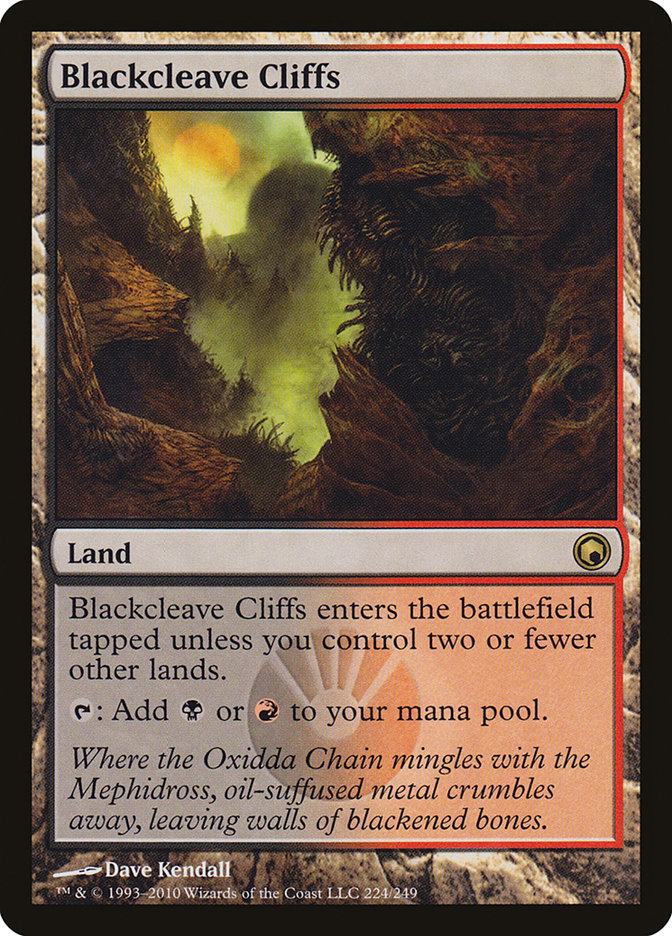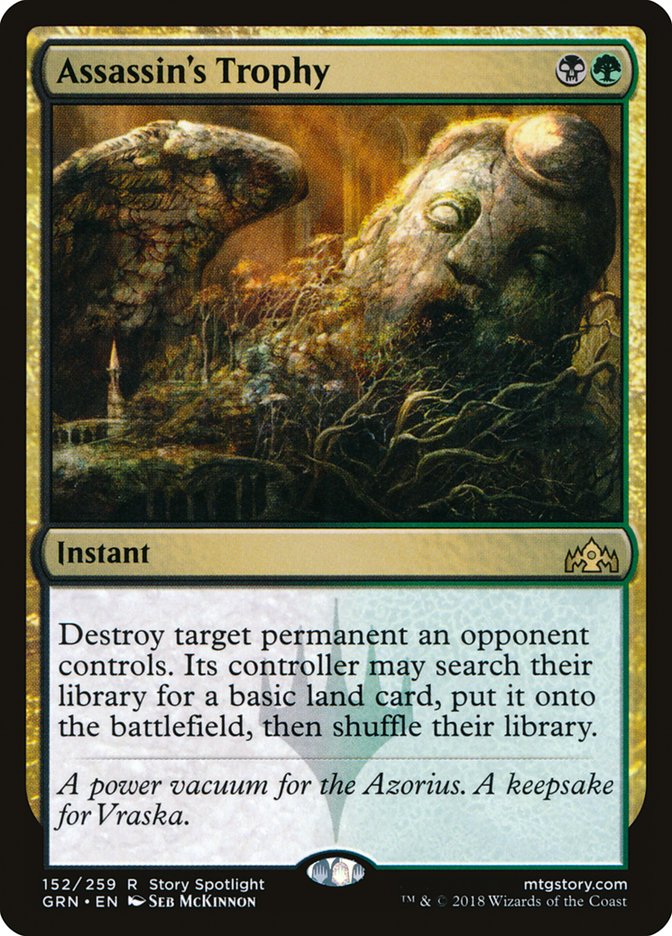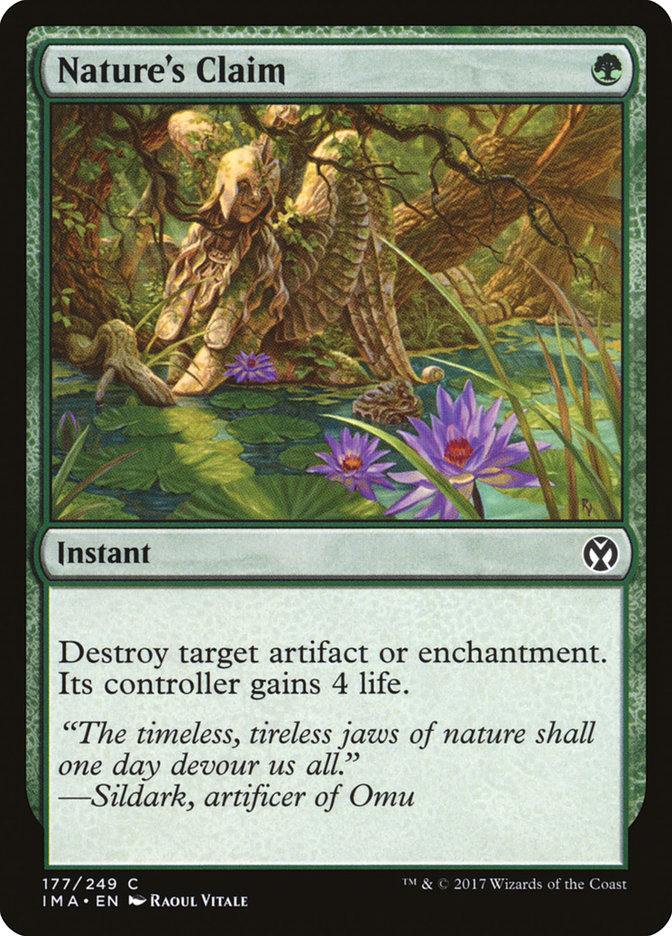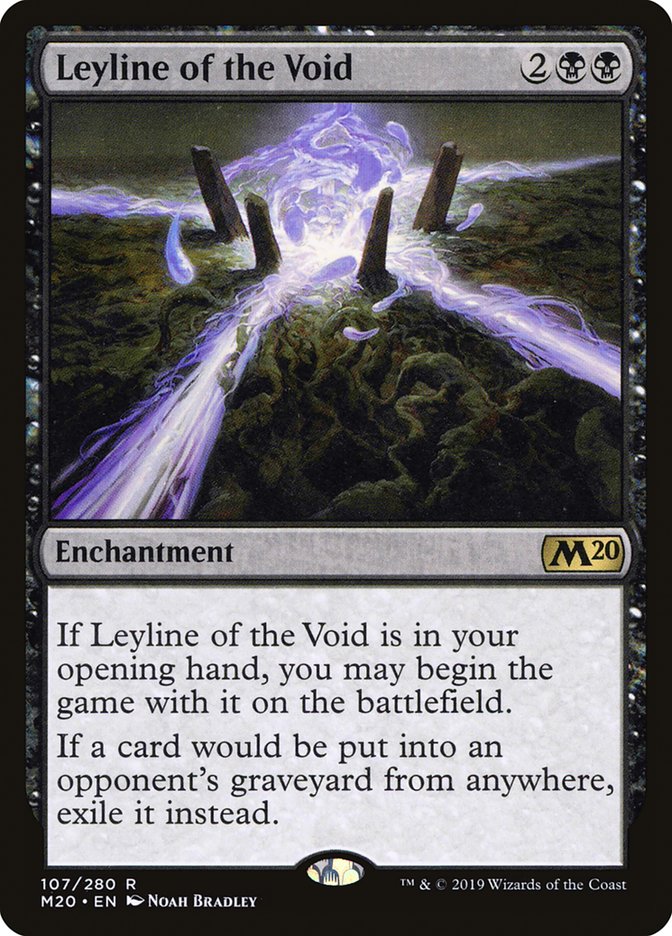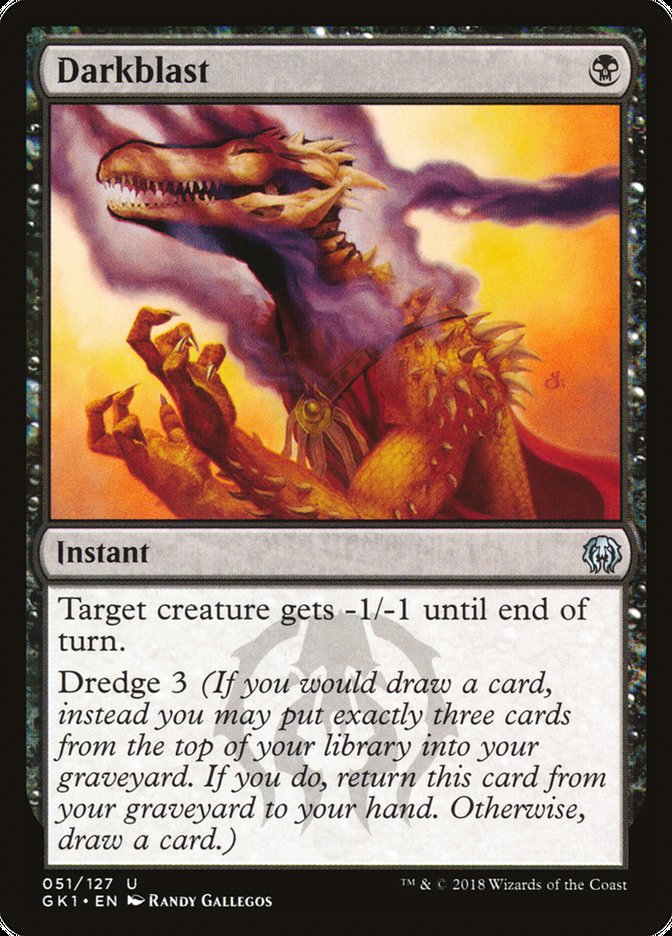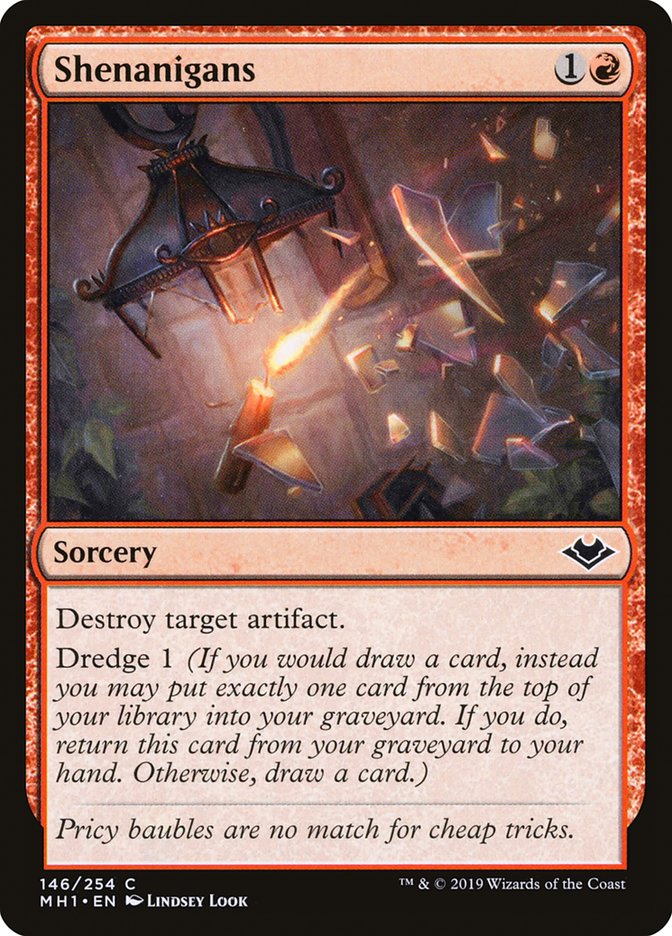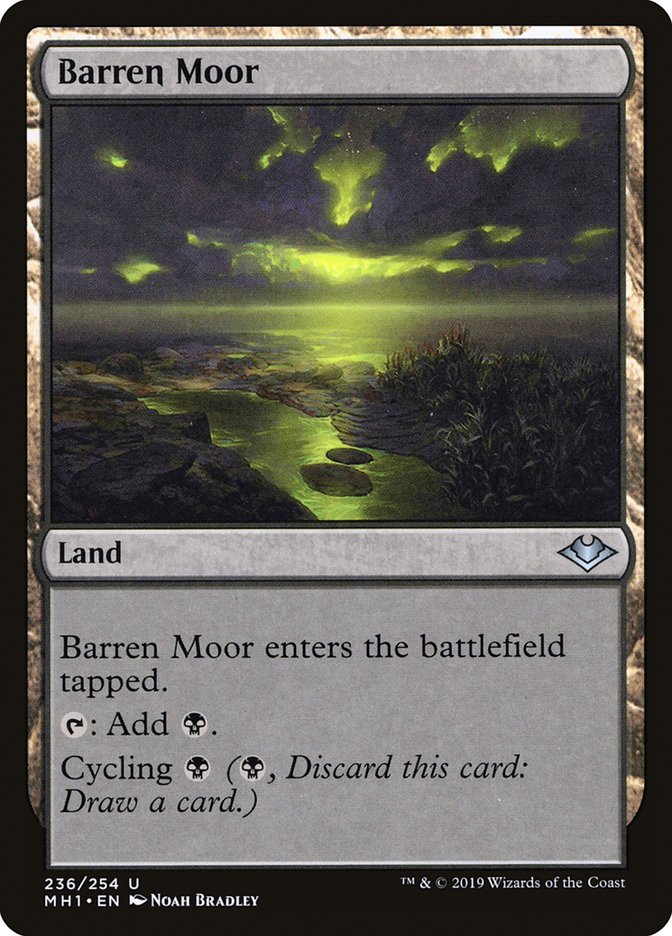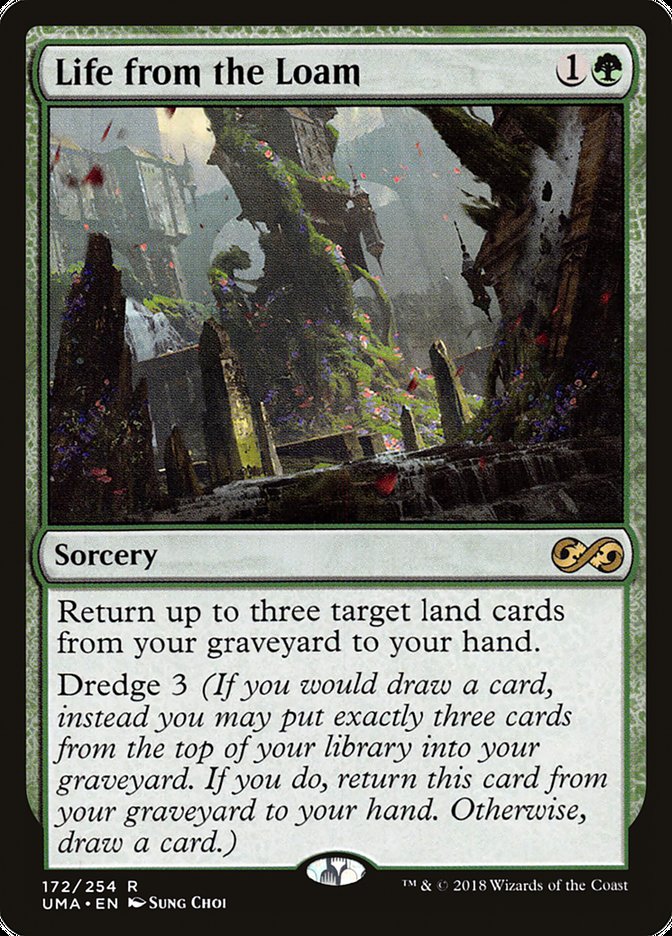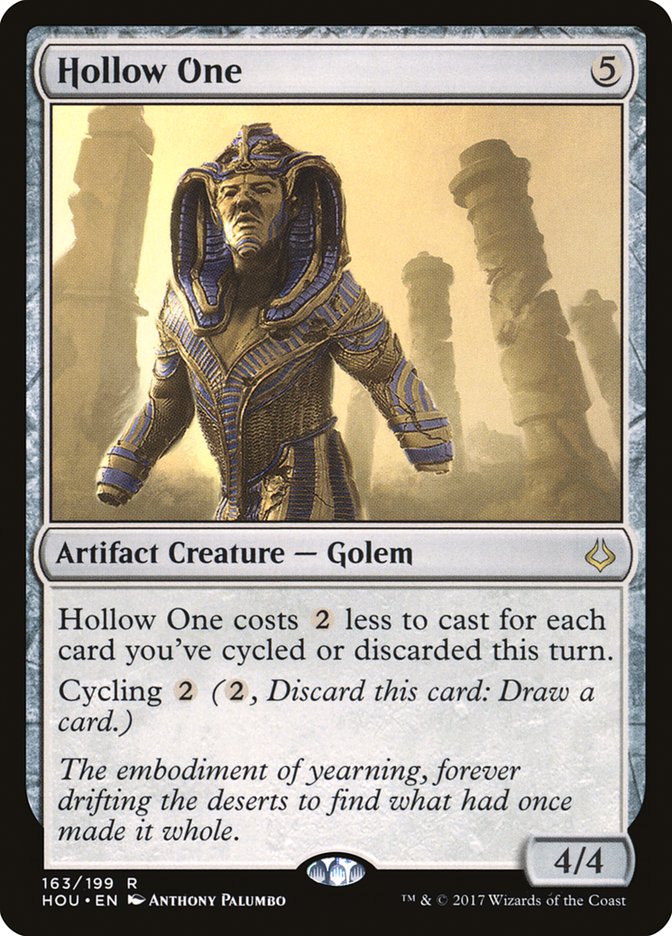This weekend is Mythic Championship IV and SCG Columbus, both featuring the Modern format. With the Bridge from Below ban, everyone is wondering just how much Modern Horizons affected the format. What got overshadowed by the graveyard menace? Were any War of the Spark cards forgotten in the shuffle? And can Hogaak survive the banning of Bridge from Below?
I had too many absurd draws featuring Hogaak, Arisen Necropolis for me to think the Bridge from Below banning killed the card or the deck. Yes, Altar of Dementia was messed up with Bridge from Below, often allowing for combo-kills when you paired them with Hogaak. But you had just as many draws featuring Vengevine and Carrion Feeder that ran over most opponents in the first game.
The reaction to Bridgevine ultimately meant too many people were playing too much graveyard hate. It was nearly impossible to overcome, but it was still powerful enough and popular enough that it put up stellar results. Every weekend, Hogaak would be the most played archetype, and everyone at the top tables had six-plus pieces of graveyard hate to help combat it (outside a few glass cannon strategies).
Now that Bridge from Below is gone and the sheer number of Hogaak players cools down a bit, people will likely move back down to a manageable three or four anti-graveyard cards. And if I’m not mistaken, they should move back to stuff like Surgical Extraction and Relic of Progenitus instead of Leyline of the Void and Rest in Peace. While that graveyard hate still exists, it’s probable that you’ll be facing less of it, and it will be weaker than what we’ve been used to over the last two months.
Before the ban on Bridge from Below, I thought Vengevine was the worst part of the Bridgevine deck. It allowed you to attack from a different angle, but ultimately was just more of the same, and worse on average than Hogaak, Arisen Necropolis. Most of your kills came from Altar of Dementia or Carrion Feeder, but now we have to work a bit harder. Plus, some of those creatures that were great with Bridge from Below are a bit worse, though still pretty decent with your overall strategy.
Vengevine allows you to come out of the gates swinging, putting pressure on your opponent before they can find and land their piece of graveyard hate. With your deck full of cheap creatures, as well as mill and discard effects, it’s incredibly easy to trigger Vengevine. In the past, Vengevine has been a bit harder to trigger than I would like, but gaining some much-needed one-drops like Carrion Feeder and Stitcher’s Supplier completely changed that. Plus, it helps that they’re both Zombies for Gravecrawler, which can singlehandedly trigger Vengevine if you have a Carrion Feeder on the battlefield already.
Vengevine gives you a great Plan B when your explosive Hogaak draws don’t come together. All the moving pieces in the deck still work together flawlessly, though the configuration looks a bit different from what we’re used to.
Creatures (34)
- 3 Carrion Feeder
- 3 Golgari Thug
- 4 Bloodghast
- 4 Vengevine
- 4 Gravecrawler
- 4 Satyr Wayfinder
- 4 Insolent Neonate
- 4 Stitcher's Supplier
- 4 Hogaak, Arisen Necropolis
Lands (18)
Spells (8)

Let me be clear: the majority of this shell was built by Piotr ‘kanister’ Głogowski, a member of the MPL. This past weekend, he took a similar build for a spin in the Modern Challenge on Magic Online and won the whole thing. He didn’t even drop a match! But just because a deck doesn’t take a loss in a previous weekend’s tournaments doesn’t mean it can’t be improved. Additionally, when a deck as powerful as Hogaak wins a tournament, it often ends up shaping the format around it in the coming days. My testing so far has already included two mirrors, which means you need to be prepared to face it.
First, the core of the deck is fantastic. Lightning Axe is a great removal spell in context, giving you ways to interact with Thing in the Ice and other random creatures while also fueling your graveyard. Most of your spells are better in the graveyard than in hand, so the discard on Lightning Axe is actually a boon.
Second, I’d like to say that the dredge cards in the deck occasionally felt disgusting, which really made me want to try out some Dredge decks featuring Hogaak. Unfortunately, it never felt right, and often felt like overkill. You just can’t afford to play enough black creatures to get Hogaak online quickly, and it really shines when you’re slamming in on the second or third turn. Outside of the second or third turn, most Modern decks can afford to ignore an 8/8.
In Hogaak proper, the dredge cards felt nice, but they were also the cards I reached for first when sideboarding. When your opponent is hitting you with a ton of graveyard removal, you can trim some of the nonessentials, and this deck is pretty powerful even without milling through a ton of cards.
In Game 1, I like to think of those dredge effects as a luxury. When our opponent is doing their thing, we might occasionally need a dredge or two in order to kill them quickly. After sideboard, we need cards with the ability to play to the battlefield as well as go nuts when they’re in the graveyard. Many opponents will mulligan to hands that are pretty weak with regards to their overall gameplan, hoping that their Grafdigger’s Cage or whatever shuts you down. If you aren’t as reliant on the graveyard and just start attacking them with your small doofus menagerie, you can steal games where you don’t find the Assassin’s Trophy or what-have-you that unlocks your normal strategy.
One by One
Let’s go over all the new cards in the Hogaak deck, as well as some of our old favorites that might have gotten a bit better or a bit worse. Bans can really shake up an archetype, but we’re pretty lucky in the fact that not only did our deck survive, but it can still thrive.
This one obviously took a big hit, as any sacrifice outlet was made better by combining it with Bridge from Below. Now, it still gets big and hits hard, but it’s a lot more difficult to go ballistic with it. With that said, it’s still a Zombie for Gravecrawler and provides you with some insulation against Path to Exile and other exiling removal.
I also love that Carrion Feeder gives you some game against soft graveyard hate. Surgical Extraction will likely be saved for the heavy hitters like Hogaak and Vengevine, which means Carrion Feeder plus Bloodghast or Gravecrawler can be a solid form of attack. Lastly, Carrion Feeder is just another cheap way for you to put stuff into the graveyard, which fuels Hogaak with ease.
Sideboard out: Virtually never, but I could see cutting one or two against something like Humans. However, there is some value in the sacrifice effect against Reflector Mage. Maybe Mono-Red Prowess / Phoenix?
These two core pieces of the archetype lost a lot of value with Bridge from Below getting the axe. No longer is it immensely profitable to sacrifice your creatures. Instead, we’re using them as Richard Garfield intended. They’re still very good, though, and perfect for getting Hogaak onto the battlefield in a hurry.
Sideboard out: Cutting a few of either is fine against hyper-aggressive matchups, but you don’t want to go overboard. You need these creatures to fuel Hogaak, and to give some much-needed strength to some of your enabler cards.
Hogaak also got worse, but not by a lot. We’re more reliant on it now since we don’t have Bridge from Below to fuel our weaker draws. Instead, we are just trying to get as much power onto the battlefield as quickly as possible. But I don’t want to discount how much of a loss it is to go from the combo potential of Altar of Dementia, Hogaak, and Bridge from Below to “just” casting Hogaak and attacking a few times.
But Hogaak is still nuts. It’s pretty common to cast it on the second turn, which provides you with a ton of pressure for a very small investment. And if your opponent takes it out with anything other than Path to Exile or some exile removal spell, chances are it’s coming right back. Plus, with Stitcher’s Supplier, Golgari Thug, and a few discard outlets, it shouldn’t be hard to turn a Hogaak in your hand into a Hogaak on the battlefield.
Sideboard out: I rarely sideboard out Hogaak in this iteration of the archetype, but I could see trimming one or two if your opponent is incredibly hostile toward graveyards. It’s your best payoff, but it also does virtually nothing if your opponent has Rest in Peace or Leyline of the Void.
Now that Bridge from Below is gone, Vengevine got a lot more important. It’s your main form of pressure in the early turns, but this version is also pretty good about casting it from hand. Thanks to Satyr Wayfinder, we can just slam it on the fourth turn, which ends up being pretty good against opponents with heavy graveyard removal.
Sideboard out: Basically never. It functions like Hogaak, but it’s easier to cast when your opponent is hitting your graveyard. If I were to cut some of that type of card, I’d trim one or two Hogaak first.
This is a newer addition that works well with stuff like Faithless Looting, but it’s a bit weak with your normal creature draws. If you start off with Carrion Feeder or Insolent Neonate, your draw might start to feel a bit like the degenerate Dredge draws with Golgari Thug, but it often feels a bit like overkill. Regardless, it’s a fine card for Game 1 and easy to sideboard out.
One excellent use of Golgari Thug is that it’s a recurring threat to help trigger Vengevine. Need one more creature to bring back those two Vengevines sitting in the graveyard? Golgari Thug usually fits the bill, and conveniently costs one less mana than Stinkweed Imp. This might be the first time in history that a deck has wanted Golgari Thug and not Stinkweed Imp. But in the end, Shambling Shell might be the big find for the archetype, as it gives you a Zombie for Gravecrawler.
Sideboard out: This is my go-to for sideboarding out. Sideboarded games are slower, and your opponent is hitting your graveyard plenty. Relying on cards that only do stuff in the graveyard is less than ideal.
Faithless Looting is still the star of the show, but now it’s doing most of the heavy lifting. In my humble opinion, Faithless Looting should have been the card to go, but I also understand that banning such a card would invalidate an absurd number of physical decks, rendering hundreds of different cards worthless. Regardless, it’s the backbone of the deck.
Insolent Neonate has become a lot more important for your early starts because it helps turbo with Golgari Thug as well as put Vengevine into the graveyard. Since we don’t have Bridge from Below, we’re a bit more reliant on Vengevine to get the games over with, so any card that has positive synergy with Vengevine is sure to gain some traction. It’s also one of three discard outlets, giving you ways to put cards from hand into the graveyard. As we already know, discard outlets can make or break a hand for these types of decks. That’s one of the reasons why Faithless Looting is such a key piece of the puzzle.
In the same vein, Stitcher’s Supplier also got a bit more valuable because it helps stock our graveyard for Hogaak itself. With so many “graveyard matters” cards in our deck, Stitcher’s Supplier almost always hits something good, while still being another one-mana creature to help trigger Vengevine. Any hand that opens with Stitcher’s Supplier is usually one that I’m happy to keep.
Sideboard out: Basically never. They help your engine run smoothly.
Now that Bridge from Below is gone, I expect many people to go back to playing Izzet Phoenix. Fatal Push is one of the best cards you can have for that matchup because it gives you a way to deal with their best threat, Thing in the Ice. I’m under the impression that, as long as they don’t transform Thing in the Ice, you should be heavily favored. And while Lightning Axe might be better fit, I’m a bit scared to play four copies, as the second is usually pretty bad. It’s also nice to have a removal spell that can be cast off Swamp or Overgrown Tomb.
As for Lightning Axe, I’ve been hugely impressed by it so far, and I think my opinion on it will continue to grow in the current format. I’ve killed a ton of important creatures so far, all while fueling some of the graveyard related strategies stuck in my hand. I’ve even used it to kill an opponent with trample damage from my Hogaak by dealing five extra after blocks!
Sideboard out: Decks with few or no creatures.
This one has me intrigued. I’m not going to lie, I think Satyr Wayfinder is the worst card in the deck, but it plays a very specific role. Not only does it help fuel the graveyard, it also finds lands for hard-casting Vengevine or triggering Bloodghast. It also happens to be a green creature which can be used to convoke Hogaak. Do we need to be playing four of this card? Probably not. And I’m always down to sideboard out one of two of this enabler if I can’t decide on anything else.
Sideboard out: Opponent is fast, blockers don’t matter, casting Vengevine is irrelevant.
It might sound weird, but Blackcleave Cliffs is a lot better in this deck that the previous iteration. You would often run out of lands to fetch when you were using Altar of Dementia a bunch, but now that’s not the case. It’s rare that you run out of lands unless you’re already winning by a mile, and having your lands deal less damage to you overall is a boon. The original version played Gemstone Mine, but it just felt terrible after sideboard when the games got slower and I needed to cast a lot of hate cards.
The Sideboard
I’m loading up on these and might end up playing four copies so that I have a versatile answer to just about everything. When you don’t exactly know what your opponent is going to throw at you, Assassin’s Trophy is almost always the card you want to save you. But there is a price, and an extra land in Modern is worth quite a bit in some matchups. The only downside is that it doesn’t interact with Surgical Extraction or Ravenous Trap, but we have some answers for that, and we usually know what decks play permanents as graveyard hate versus spells from hand.
Sideboard in: Opponents with permanent-based graveyard hate like Rest in Peace, Leyline of the Void, and Grafdigger’s Cage. Also just a good hedge against random stuff.
We aren’t as fast as we used to be, so having some amount of discard to slow down degenerate combo decks is worthwhile. Plus, if you’re playing against an opponent who has Surgical Extraction or Ravenous Trap as their anti-graveyard card, a discard effect is the only real way to get it out of their hand other than forcing them to use it. I don’t bring Thoughtseize in often, but I do like it against the two ends of the spectrum: super-fast (not damage-based) and super-slow. These types of matchups are often where your life total is mostly irrelevant.
Sideboard in: Fast combo decks, control decks, or opponents who aren’t attacking your life total and playing unfair.
This one lost a bit of value because it doesn’t hit Chalice of the Void, which is seeing a major uptick in playability thanks to Izzet Phoenix being on the rise. I will likely end up cutting this for the fourth Assassin’s Trophy, but I like showcasing different options for articles like this so you have more of an idea of what’s going through my head.
Sideboard in: Answers Rest in Peace, Leyline of the Void, or any anti-graveyard artifact. Fine against artifact-based strategies as well.
The obvious best sideboard option for opposing graveyard decks, Leyline of the Void is a phenomenal card for this archetype. We don’t mind the mulligans much, as raw card quantity in hand is rarely a huge factor. We only end up casting three or four cards from hand per game anyway. Most everything else is from the graveyard. And we know Leyline of the Void is a card we want to mulligan towards, so it just goes hand-in-hand with the overall strategy.
Sideboard in: Graveyard-themed decks that fold if they can’t use their graveyard. Also fine against Snapcaster Mage decks so long as they have one other need for the graveyard (think Gurmag Angler).
It was originally in the maindeck, but I wanted more answers to Thing in the Ice. I think Darkblast is a fine card, but I don’t know how often you want to actually dredge it. And because it works best as repeatable removal, and we will rarely want to have said repeat removal, I think it’s best if we just keep it in the sideboard for now, though I am okay cutting it if we come up with a better option.
Sideboard in: Small creatures with big potential (Infect, Elves, Affinity).
This has replaced Ancient Grudge as the default anti-artifact card from these graveyard decks. While Ancient Grudge can be used with flashback, I love the repeatable effect in longer games against artifact-based decks. Plus, it gets around Grafdigger’s Cage, which is pretty sweet.
Sideboard in: Artifact-based decks, or after you’ve seen something like Grafdigger’s Cage.
With Mythic Championship IV and SCG Columbus just around the corner, it’s always fun to see new decks get some attention. And while Hogaak isn’t necessarily a new deck, the strategy is creeping back to the forefront of the format after getting a ban. That’s rare, and definitely worth keeping an eye on.
As for this broad-strokes sideboard guide, I tried to do something a little different in order to give you a better idea of the thought process behind sideboarding instead of an “in and out” guide. I like to reserve that kind of sideboard guide for when I’m intimately familiar with an archetype and my list is set in stone. Right now, neither is true for Hogaak, but we’re getting there.
I fully expect Hogaak to perform well this weekend in both major tournaments. It’s powerful, proactive, and attacking from the graveyard. It just lost the ability to combo-kill with Altar of Dementia, so it acts like a normal Modern deck. It’s a lot faster than you might think and also has some counterplay against creature decks thanks to Lightning Axe and Fatal Push. I’m excited to keep playing it, but I also know that these types of decks are only exceptionally good when people don’t have them on their radar.
Like Dredge and every other graveyard deck before this one, a lot of our cards cease to function when our opponent hits our graveyard. The trick is finding the best countermeasures (Assassin’s Trophy seems like a flexible fit) or figuring out alternate gameplans that get around those obstacles. With the current build, I doubt there’s a way to easily win a sideboard game against something like Leyline of the Void or Rest in Peace without killing it first, but don’t underestimate the strength of a few 2/1 creatures coming over for dinner.
Possibilities
There are still a few cards and iterations I want to try out. For starters:
I still think Zombie Infestation could be good. At the very least, it helps you fight through graveyard hate by giving your dead cards some life. And in the first game of a set, it works very well with your overarching strategy. Now that we don’t have Altar, Zombie Infestation might end up being the best two-drop enabler.
Life from the Loam goes hand-in-hand with Zombie Infestation, and if I play Life from the Loam, then you know I gotta get some cycling lands up in there.
Pascal Maynard tweeted out a sick version of the deck that might have some legs. Unfortunately, I think he’s stretching things a bit too thin. Take a look:
I came really close to playing my “Hollogaak” deck for #MythicChampionshipIV. The upside from regular Hogaak is that your Hollow One package makes you better vs grave hate.
Sadly, Infestation is quite bad post board … 1/2 pic.twitter.com/99mzV6ZZIi
— Pascal Maynard (@PascalMaynard) July 23, 2019
A notable issue is not enough green and black creatures for Hogaak. When you play Hollow One and Flameblade Adept, you’re losing out on cards like Gravecrawler, Carrion Feeder, and Stitcher’s Supplier. I do like this idea, but maybe I’m just blinded by my love for Zombie Infestation.
Well, that’s all for this week. I hope you enjoy the coverage of SCG Columbus this weekend, as I’ll be casting alongside Ryan Overturf and the two best commentators in the business: Cedric and Patrick. It should be a good time, so make sure to tune in. All the action starts at 10:30am ET. You won’t want to miss a second of that sweet, sweet Modern action.


